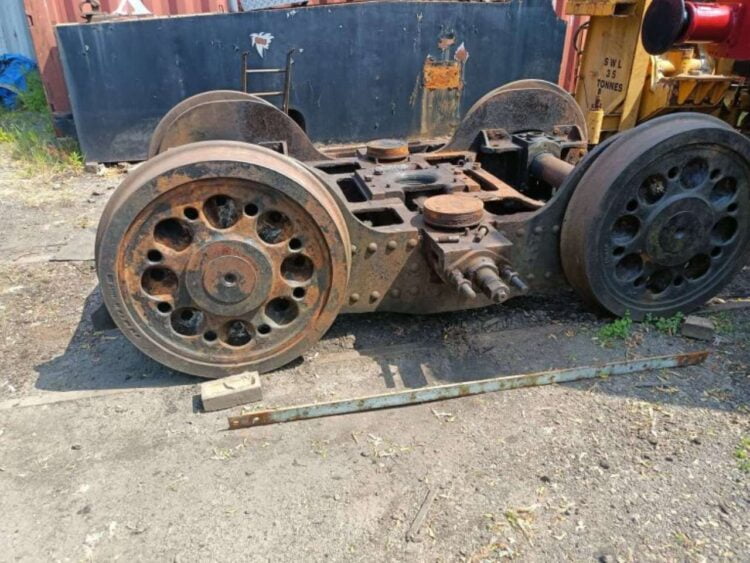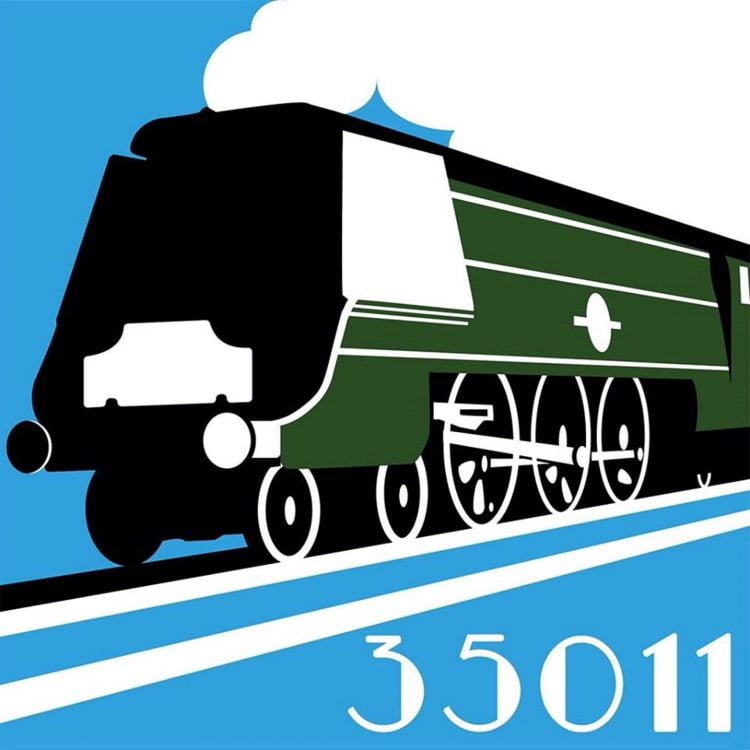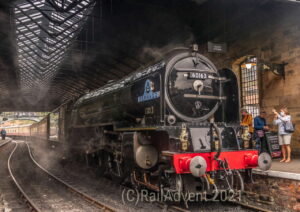The General Steam Navigation Locomotive Restoration Society (GSNLRS) has issued an update on its winter engineering activities in restoring locomotive 35011 to mainline running.
Beginning by wishing all its members and supporters a very happy 2024, the Society promises that the new year will be a very busy and important one for 35011 General Steam Navigation. The Society is working hard, with the help of strategic partners, to prepare, finalise and submit its National Lottery Heritage Fund (NLHF) application by the June deadline. The London and South Panel of the NHLF accepted the Society’s expression of interest in June 2023,
Ownership of the Southern Railway Bulleid Merchant Navy class locomotive transferred to the current General Steam Navigation Locomotive Restoration Society in 2016.
The full Engineering report is published in members’ magazine The Packet, and what follows summarises the main points.

Boiler & Firebox
The boiler and firebox have been cleaned and inspected. The front tube plate, and some – possibly all – of the rear tube plate, will need to be replaced. The boiler barrel is in generally good condition, but may need a few bits of work.
The bottom edge of the firebox will need also need to be replaced as the metal is too thin, and all the repair welds will need to be checked as they indicate any cracking. The Society may need to replace the box entirely.
Frames
Work is continuing to prepare the frames for ‘un-rebuilding’, including removing, cleaning and replacing the ‘nuts and bolts’ that attach the cylinders to the chassis where this is possible.
Many of the bolts have not been moved since 1959, so this is a slow process, but it will save money and time later in the process when the new middle cylinder is installed.
Volunteers have been cleaning the frame stretchers, so that it is easier to assess their condition and suitability to be retained or replaced.
Leading bogie
Volunteers have been preparing the leading bogie to be restored and made ready for mainline running. The bogie is in generally good condition, so work is focusing on releasing the side control unit.
Consideration is now being given to installing European Train Control System (ETCS), which members can read more about in The Packet. This may need some bracketry to be added to the bogie to mount the forward Balise Transmission Module.
Behind the scenes
As well as the visible physical engineering, the Engineering sub committee has been involved in producing work packages – more than seventeen to date – that set out the specifications and costs to support the National Lottery Heritage Fund application.

To join the Society and receive each issue of The Packet, click here.
If you are also interested in getting involved more directly with the Engineering side of the project, especially (but not essential!) if you have experience with Bulleid Pacifics, contact the Society here.





Responses
Rail delays are caused by a combination of reasons. Diagramns for steam excursions are agreed with Network Rail in advance and where necessary a diesel loco is attached at the rear
I feel these old engines should be in the museum now because I heard network rail don’t want them on their lines because they stop commercial traffic from getting to their destinations I totally agree because theses geeks 🤓 who run the steam engines just charge ridiculous prices so I suggest give them up its game over as time is pushing on these will become history and just memories 👍
If only life were so simple. I wonder what proportion of present day British rail delays can credibly be blamed on steam! How naive.
You Muppet.
So much BS in the comments . Steam is lucrative on mainline due the infrequent availability. Most charters run on time, but like any train there are multiple reasons for trains to be delayed. Steam is here to stay on the mainline however will become rarer in years to come. Instead of being negative enjoy it whilst it lasts.